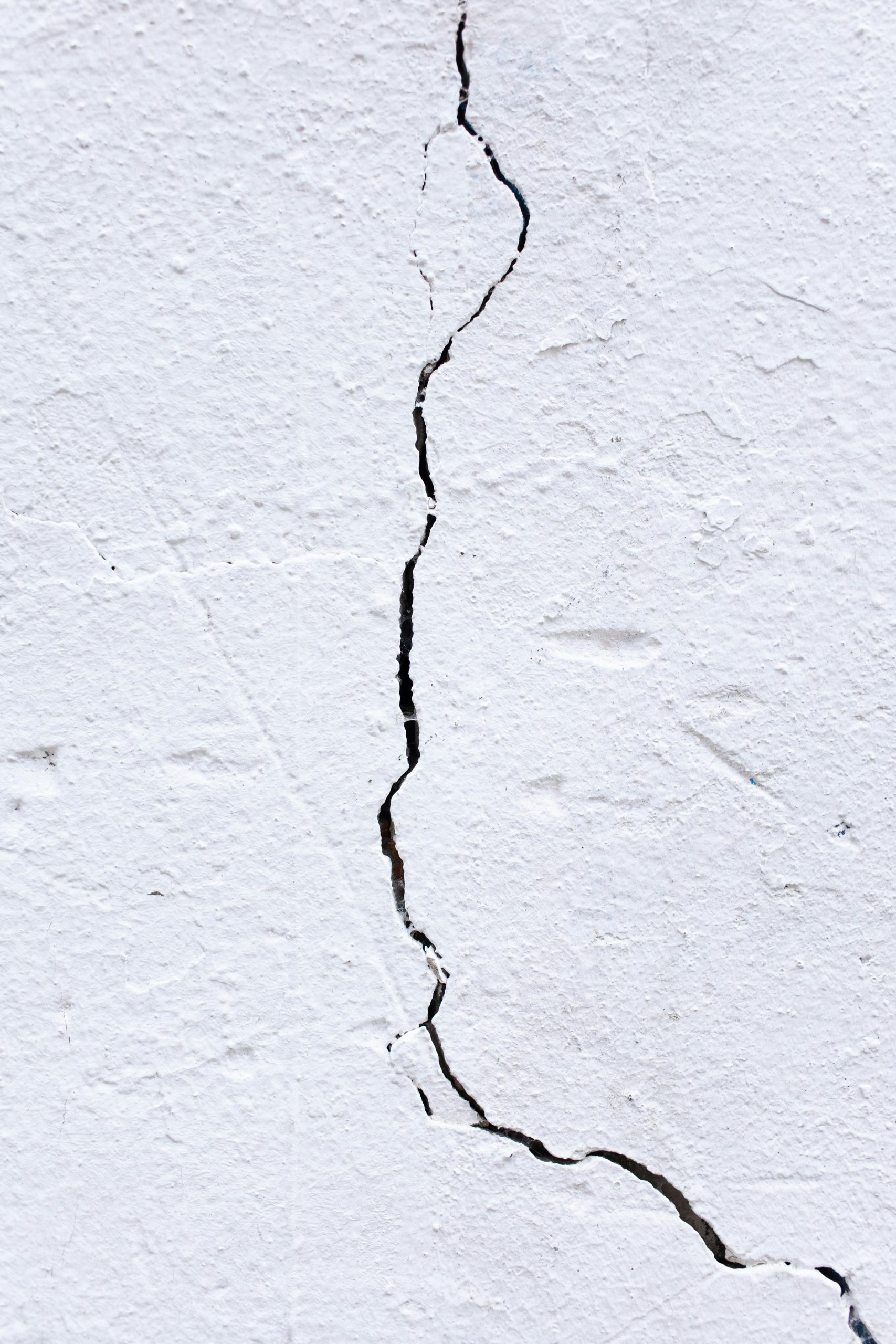Question about Waterproof Vinyl Flooring
I recently experienced a pipe burst in my attic, leading to a flood that lasted about 40 minutes. Unfortunately, this caused significant damage to the insulation in my attic, the ceilings in 80% of my home, as well as the walls and baseboards. My insurance adjuster from Farmers believes the flooring is waterproof vinyl, so he thinks it hasn’t been damaged and can simply be dried out. However, after they removed the baseboards, I noticed that the corners of the floors were peeling up and there was water underneath. This issue seems to be consistent throughout the entire house with no breaks in the flooring. I tried searching online but couldn’t find any information on this situation. Has anyone else experienced something similar? Can vinyl floors really remain undamaged underneath? As a new homeowner, I have limited knowledge about this. Thank you for your help!




I’m sorry to hear about the flooding situation in your home; that sounds incredibly stressful. Regarding your question about waterproof vinyl flooring, it’s important to understand that while many waterproof vinyl products are designed to resist moisture, they are not completely impervious to water damage in the event of a significant flooding situation.
If the edges of your vinyl flooring are peeling up, this could indicate that water has indeed infiltrated under the planks, leading to potential damage to the adhesive or the subfloor itself. Even waterproof flooring can suffer from issues like mold or mildew if moisture is trapped underneath.
Here are a few tips on what you might consider doing next:
Document Everything: Take photos of the damage, including the peeling corners of the vinyl flooring and any visible water or moisture.
Consult a Flooring Specialist: It might be beneficial to get a second opinion from a flooring professional who can assess the condition of your vinyl flooring. They might be able to determine if there is damage beneath it that needs to be addressed.
Discuss with Your Insurance Adjuster: Share your findings with your insurance adjuster. If the flooring was breached and there is evidence of water damage underneath, they may need to reevaluate the claim.
Consider Mold Prevention: If moisture is present under the flooring, it can lead to mold growth. You may want to have a professional assess the area for mold and recommend appropriate actions.
Explore Repair or Replacement Options: Depending on the extent of the damage, you may need to consider replacing the flooring. If the vinyl was improperly installed or if it was not truly waterproof, your options may vary.
Best of luck, and I hope you can get this resolved quickly!